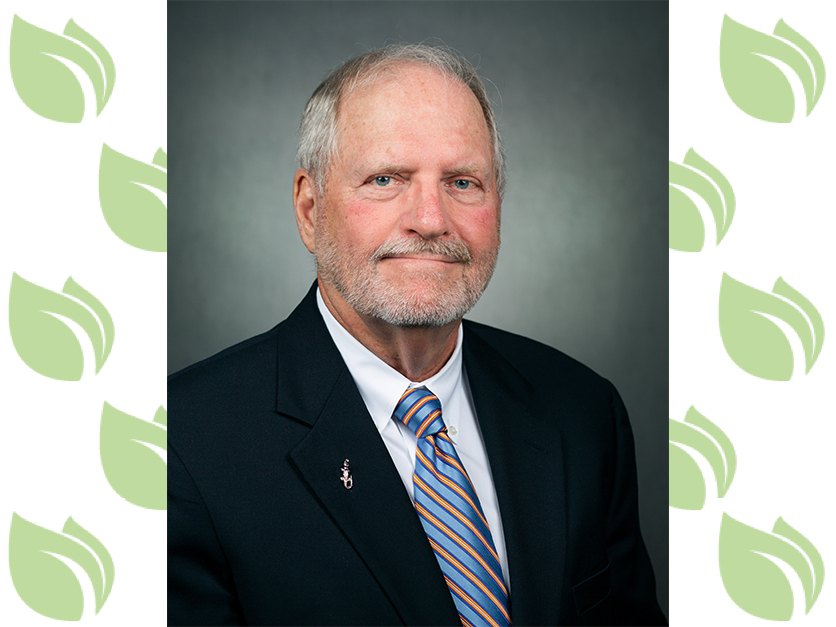The nation’s land-grant universities face a threat from the United States Department of Agriculture’s decision to move its research arm and its economics bureau away from D.C.
This is much more consequential than a change of address. It has triggered a brain drain. It increases costs for university meetings with agency officials. It weakens USDA’s coordination with other funding agencies to partner on research that requires large, complex teams.
Secretary of Agriculture Sonny Perdue states that moving USDA’s National Institute of Food and Agriculture and Economics Research Service out of Washington will put it closer to “customers” without specifying who those customers are.
Those customers are land-grant universities. More than 100 such universities across the nation directly serve farmers and farming communities through more than 500 outlying research stations, many of them in rural locations.
The USDA’s website acknowledges, “NIFA’s chief partner is the nation’s Land-Grant University (LGU) System….” Yet the nation’s land-grant universities were never consulted about the move. A nationwide network of land-grant leaders has protested the proposalannounced last year. Despite this, the USDA has proceeded and has given employees until Sept. 30 to move or leave the organization.
USDA contends that the lower cost of living of a remote location would help it attract talent. Amazon doesn’t think so. Last year it announced it would place a headquarters in suburban D.C. precisely because it is such a talent-rich region.
The talent is fleeing. More than two-thirds of NIFA employees have declined to accept relocation assignments. More than half of ERS employees declined or did not respond by the decision deadline. The ERS voted in May to unionize, largely to fight the relocation. NIFA employees did so last month.
The attrition resulting from relocation may could set back the work of NIFA and ERS by years. I worry that such a setback would slow down consideration and distribution of research grants as well as response time to new threats.
In Florida, this could spell further doom for orange juice. NIFA funding is essential to the beat-the-clock effort to curb a disease that threatens to bring down the state’s iconic citrus industry.
Putting the nation’s agricultural science headquarters in Kansas City may put it closer to stakeholders in one state. But those in the other 49 would have to undertake special trips to agricultural science headquarters instead of piggybacking those visits onto meetings with members of Congress, association leaders, and other funding agencies.
That doesn’t seem to me like fiscal prudence. USDA claims that moving NIFA and ERS headquarters will lower costs. A review by the Agricultural and Applied Economics Association concludes it will not save U.S. taxpayers money but in fact cost them $83 million to $182 million. Even if USDA were able to pay less in rent and salaries, it would not be a cost savings but a cost shifting – to the universities that provide the science that has made agriculture in the United States the most productive in history.
Scientists recognize that today’s challenges are too complicated for a simple approach from a single discipline. Team building is difficult, though. Currently, at least NIFA is at the table in person with folks from the National Academies of Sciences, the Department of Defense, the Department of the Interior, and other funding agencies that recognize a shared interest in ensuring that America can feed itself instead of relying on other nations.
Moving NIFA to a remote location impedes such coordination. Anyone in the private sector recognizes that phone calls, texts, and emails cannot completely substitute for in-person meetings.
I call on my colleagues across the nation to reach out to their members of Congress and ask them to vote against appropriations for NIFA relocation, and to at least require a thorough cost-benefit analysis if the Secretary cannot be curbed in his pursuit of this damaging move. There is widespread support in the land-grant university community for a commission led by Secretary Perdue and the president of the Association of Public and Land-grant Universities to examine the costs and benefits of the move as part of a broader examination of the future of agricultural research funding.
The nation’s land-grant university system brought into being by Abraham Lincoln has been at the center of so many discoveries in agriculture. Today we compete in a global food market with nations that have much lower labor costs and fewer environmental regulations.
Innovation levels the international trade playing field for our farmers. We can ill afford to have that innovation disrupted by a move that threatens to undermine the effectiveness of the agency that funds the science that protects our food supply.
Jack Payne is the University of Florida’s senior vice president for agriculture and natural resources and leader of the Institute of Food and Agricultural Sciences.

